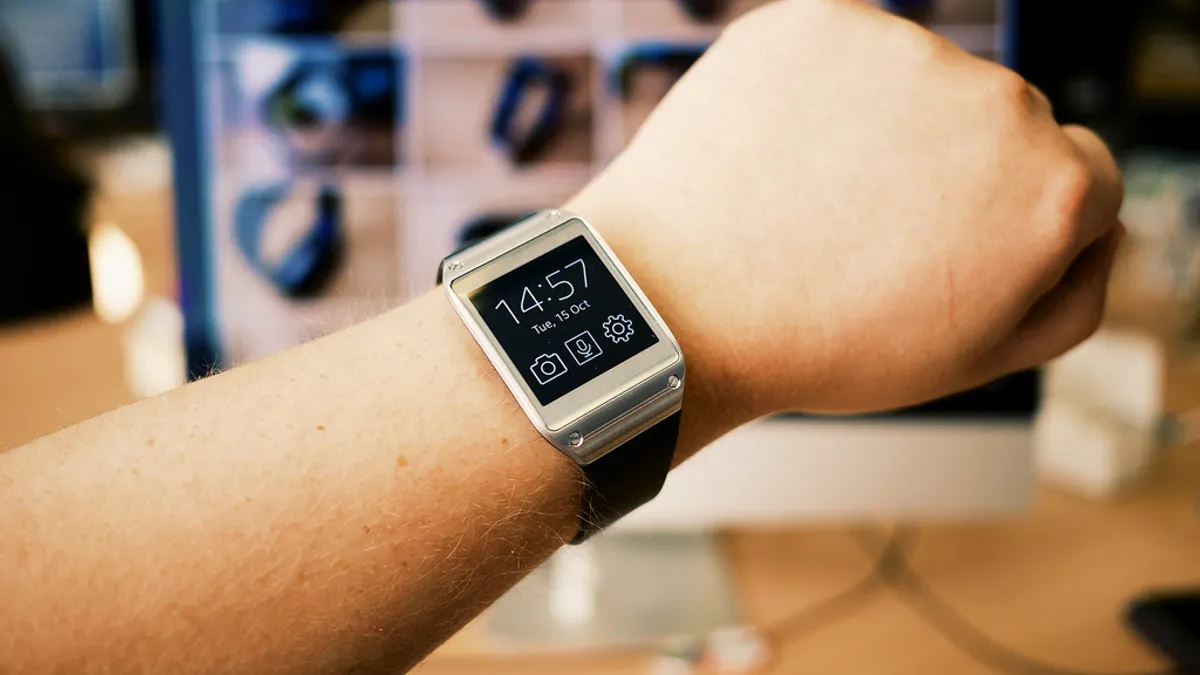Dive Brief:
- EMarketer has adjusted its 2017 growth outlook for the wearables category, including products like smartwatches, from 60% in October down to just 24.7% to end 2016.
- The forecast shift stems from an inability for the space to expand beyond early adopters this year, particularly in the area of smartwatches, a device format that isn’t catching on with the general public.
- There has been evidence that price sensitivity is also an issue based on fitness tracker penetration, according to eMarketer analyst Cathy Boyle. Smartwatches have a tough combination of a high price point coupled with no clear or distinct use case, as the higher-end features for the devices largely overlap with smartphones.
Dive Insight:
EMarketer's amended report makes clear that wearables — and smartwatches, in particular — are a bit of a non-starter at the moment, meaning marketers should wait before spending too much time and money developing plans in the category. Per eMarketer, 39.5 million U.S. adults will use a wearable device with internet capability this coming year — a far cry from the previous 63.7 million forecast — with wearables reaching 15.8% of the population and only expected to grow to 21.1% by 2020.
This trend was already in evidence in the International Data Corporation’s Worldwide Quarterly Wearable Device Tracker for Q3, which found a 51.6% drop in smartwatch shipment volume over 2015 — a downward trend likely to continue into next year given the dramatically slowed growth rate.
The decline of once-hyped smartwatches gained more notice earlier this month when it was announced that Fitbit, a fitness tracker wearable, was buying Pebble, a popular crowd-funded smartwatch, for its intellectual property, employees and operating system while stating it intended to shutter the brand. The deal was met with the ire of those who had backed Pebble independently.
Other areas of Internet of Things, which wearables fall under, are probably more worthy of attention, including connected devices like televisions and even automobiles. The Interactive Advertising Bureau (IAB) released a study in December that found 65% of respondents who own an IoT device are willing to receive ads on those devices' screens, and other offerings have more screen real estate than, say, a Pebble would.














